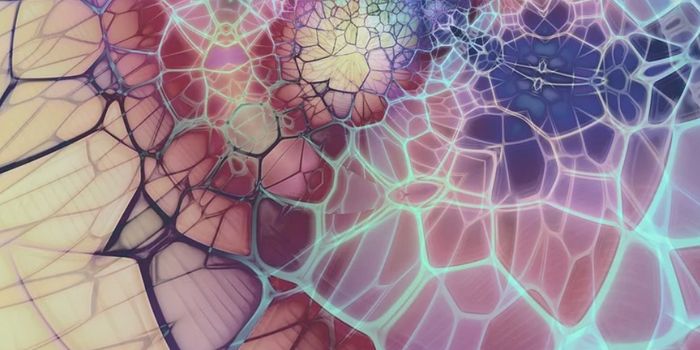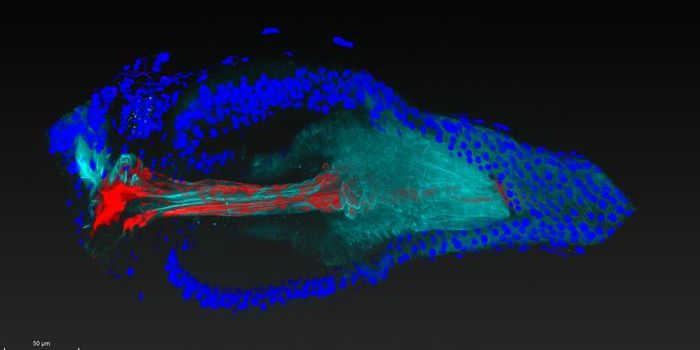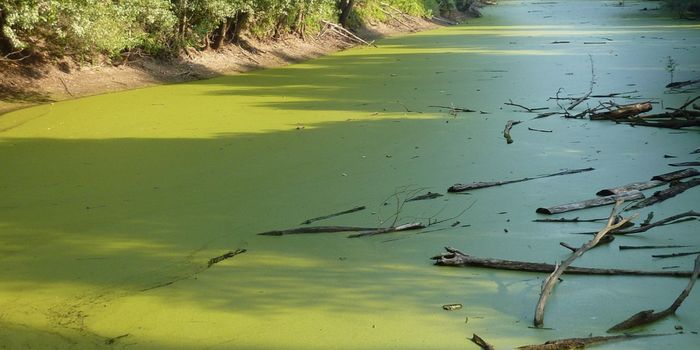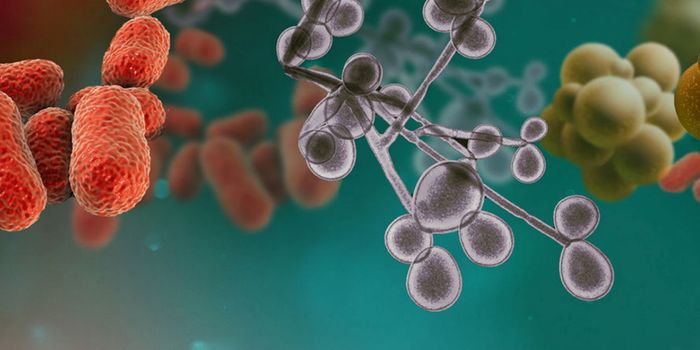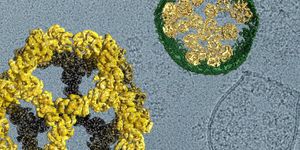Protists are predators of bacteria, and they help shape soil communities by munching on bacteria (sorry, bacteria).
Researchers knew that protists could identify prey when they were in direct contact with it, but they didn’t know if protists could identify prey from a distance. Specifically, bacteria produce lots of volatile organic compounds (VOCs), and they can waft over distances of up to 10 cm (that’s a long way when you’re a teeny tiny bacterium). The researchers wanted to know if protists could “smell” these VOCs and if these compounds affected their bacteria-hunting behaviors.
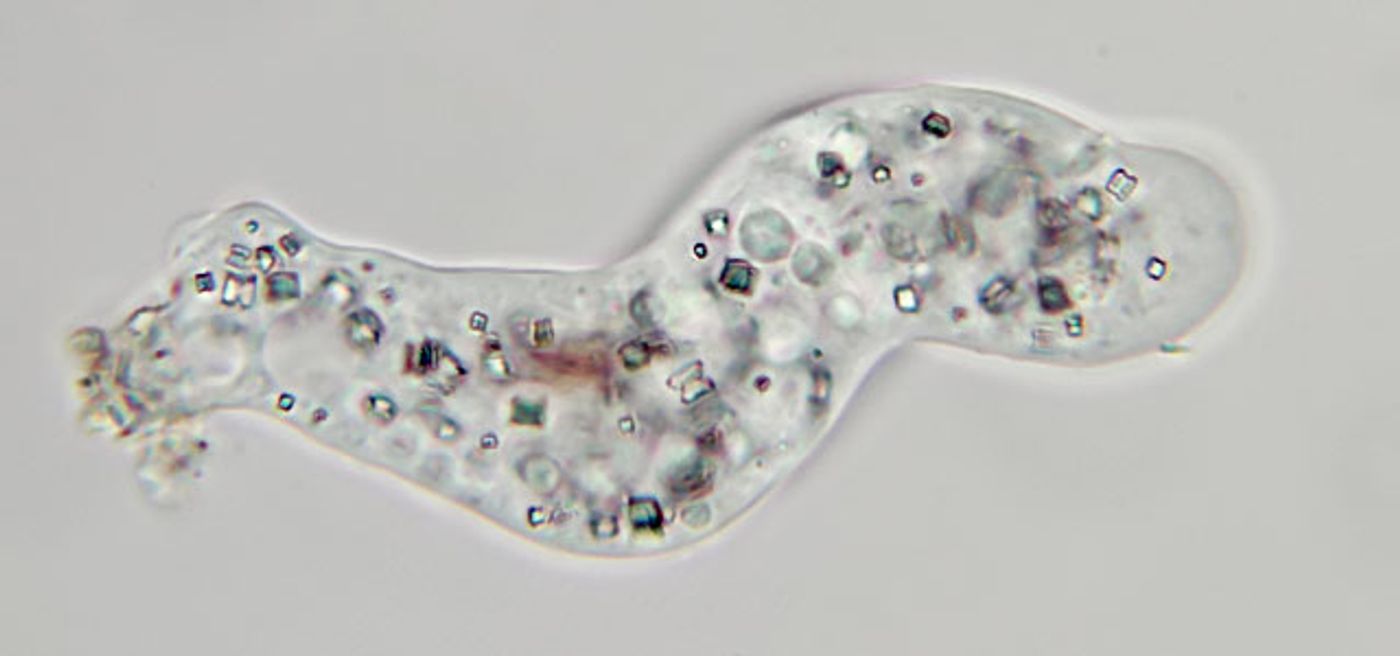
According to study author Kristin Schulz-Bohm, "People, too, can smell some of these scents. Just think of the way the woods smell after a summer shower. It's produced by 'talking' bacteria. But it now turns out that the bacteria's natural enemies also take advantage of these scents." Terpenes are especially important VOCs that help protists hone in on bacteria. According to Schulz-Bohm, terpene is not “a word many people would know … yet everyone knows what they are. Terpenes are what makes Christmas trees smell like Christmas trees. Or think of mandarins, or lavender."
The researchers used a two-compartment Petri dish system to tests the responses of three protists to the VOCs produced by six different kinds of soil bacteria. They found that the VOCs increased the activity of the protists; activity was defined as an increase in the ratio of protist trophozoites (actively feeding form) to cysts and an increase in the protists’ motility and growth.
Next, they wanted to see if these VOC-mediated responses reflected the outcome of direct interactions between bacteria and protists. These results were a bit more nuanced, but for the most part, when VOCs increased protist activity, this correlated with an increase in direct interactions between the protists and bacteria.
Finally, they wanted to know if specific VOCs produced these results. To do this, they deleted the terpene synthase gene (to stop terpene production) or the phytoene synthase gene (to stop phytoene production) from Collimonas bacteria. In the absence of terpene, protist activity decreased and was similar to controls. In the absence of phytoene, however, the protists’ activity was not changed. These results suggest that terpenes, specifically, are important effectors of protist activity.
This is all pretty cool, but you may be wondering if any of this information is useful for us humans. The researchers think that VOCs could possibly be used as a biological pest control. The idea is that the VOCs would attract protists to eat up pathogenic bacteria, sparing crops from disease.


